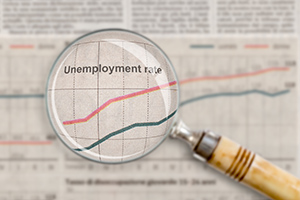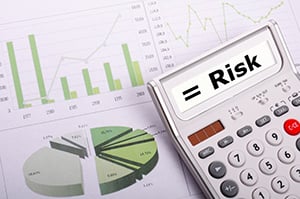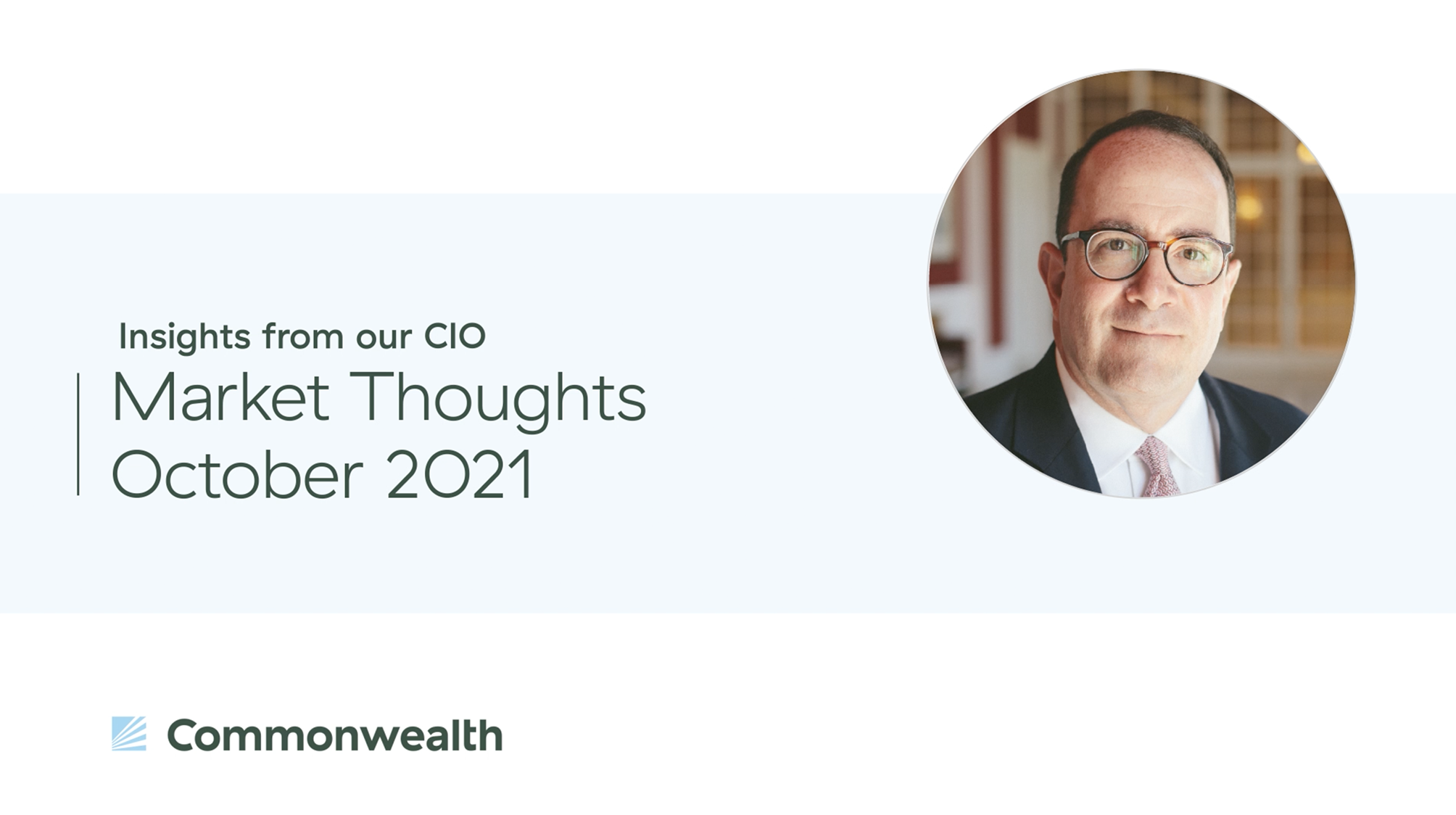It’s been a while, but it’s time for another COVID update. Compared with a month ago, the medical situation continues to improve, which is good news, although there are reasons to be concerned over the next month or two. The economic news, however, continues to be uncertain. Job growth has slowed substantially in the past couple of months, and confidence remains below the peaks. While markets have continued to do well (as I write this, they are approaching new highs again), there has been volatility and more is likely as we approach year-end.















